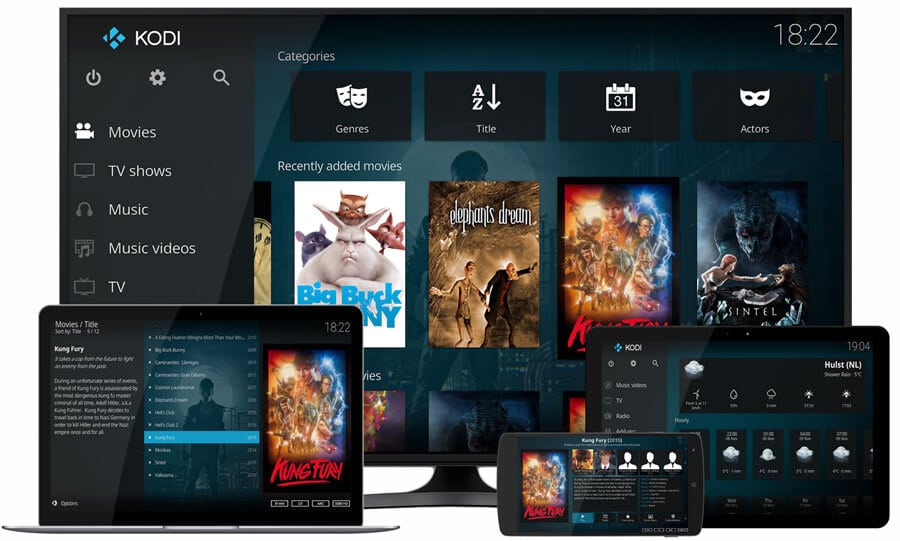

You can instead select the Photos entry to view all the selected library’s images. (When you first launch the utility, your current iPhoto library appears here, and it will likely be the only library you initially see.) A Library pane to its right bears entries for recent images, events, albums, Facebook, Flickr, projects, and slideshows. (You needn’t launch iPhoto to view this info.) A Search field rounds out the toolbar.Īlong the window’s left edge you find an iPhoto Libraries pane that includes any libraries you’ve added. Additionally, you can choose to browse the selected library as thumbnail images or in a list, with the latter providing metadata information such as title, date taken, keywords, place, and rating. In the toolbar, you find the application’s major commands-Create Library, Add Library, Remove Library, Reveal Library, Quit iPhoto, Find Duplicates, and Merge Libraries. IPhoto Library Manager’s interface is reminiscent of iPhoto-much more so today than when we last looked at the utility. We first reviewed iPhoto Library Manager way back in 2006 it’s been updated many times since then.
Open source iphoto library manager software#
In Apple’s world, this is considered a “rich third-party opportunity” and, in this case, that opportunity has been seized by Fat Cat Software with its $30 iPhoto Library Manager, an application that allows you to easily create and manage multiple iPhoto libraries, browse the images within multiple libraries, copy images between libraries, locate duplicate images within and across libraries, merge libraries, and rebuild corrupt libraries. Apple has made little provision for these issues: Unlike with iTunes, iPhoto has no Find Duplicates command and although you can create a new library by holding down the Option key while launching iPhoto and clicking Create New, you can’t merge libraries or easily copy images between them.
Open source iphoto library manager full#
Their libraries are instead often bloated, full of duplicates, or so ungainly that some have opted to simply create new libraries rather than slogging through an old and slow one.

Both digital cameras and iPhoto have been around long enough that few long-time Mac users have what you would call an entirely manageable iPhoto library.


 0 kommentar(er)
0 kommentar(er)
